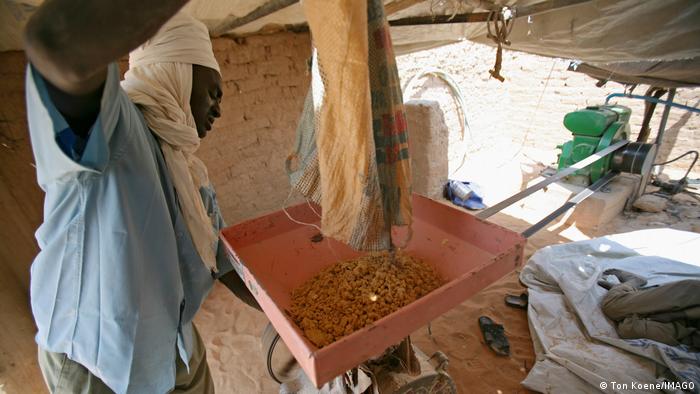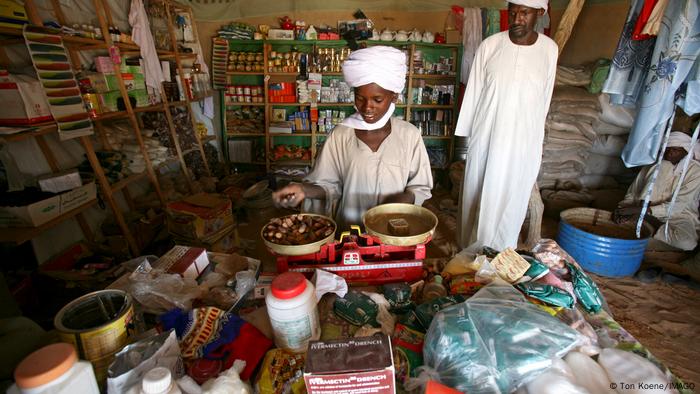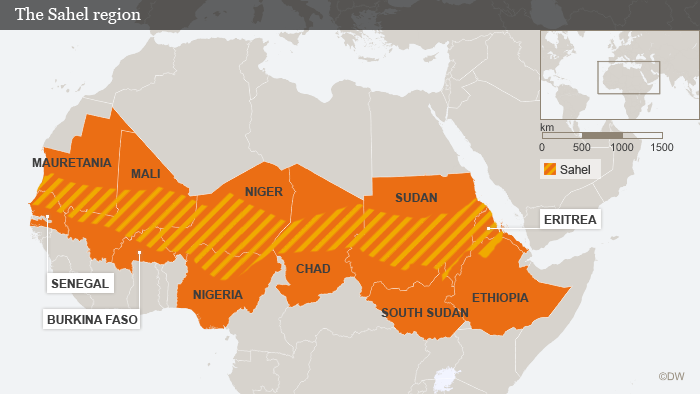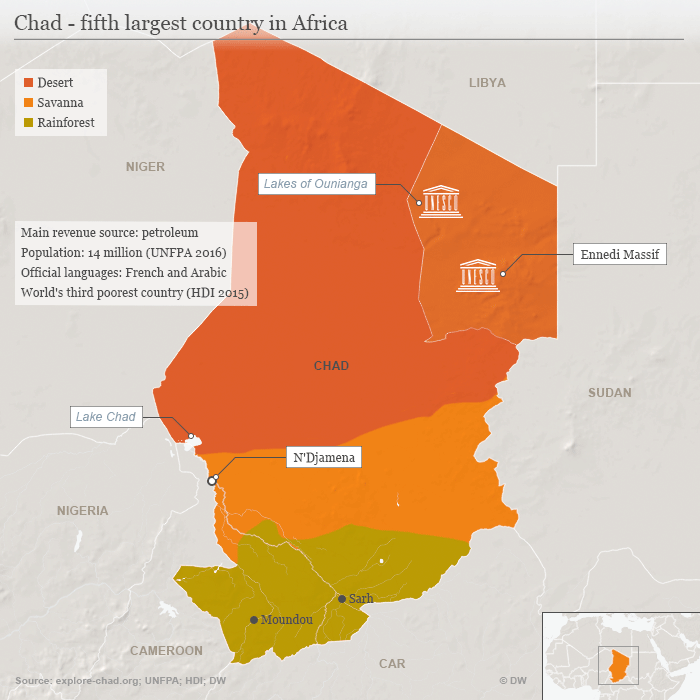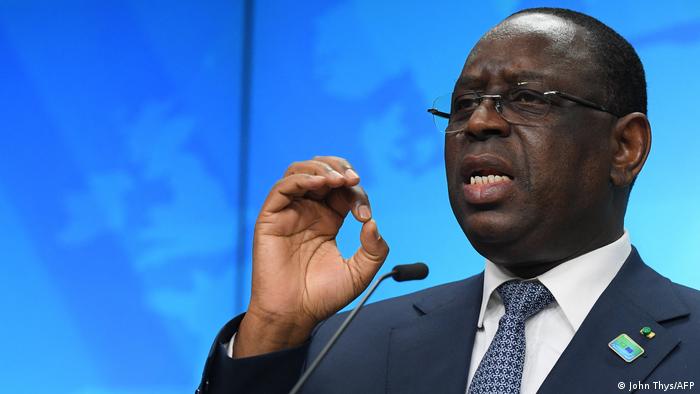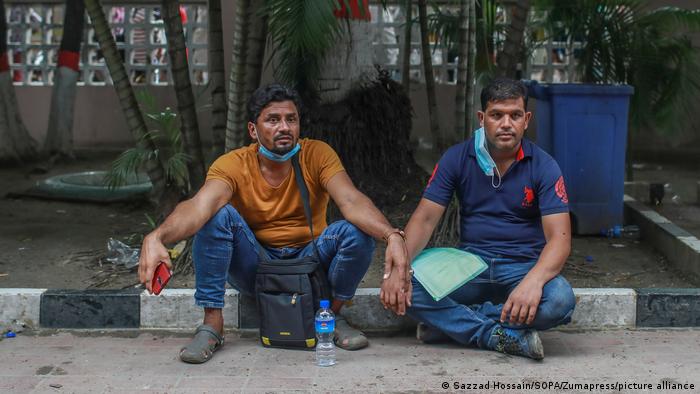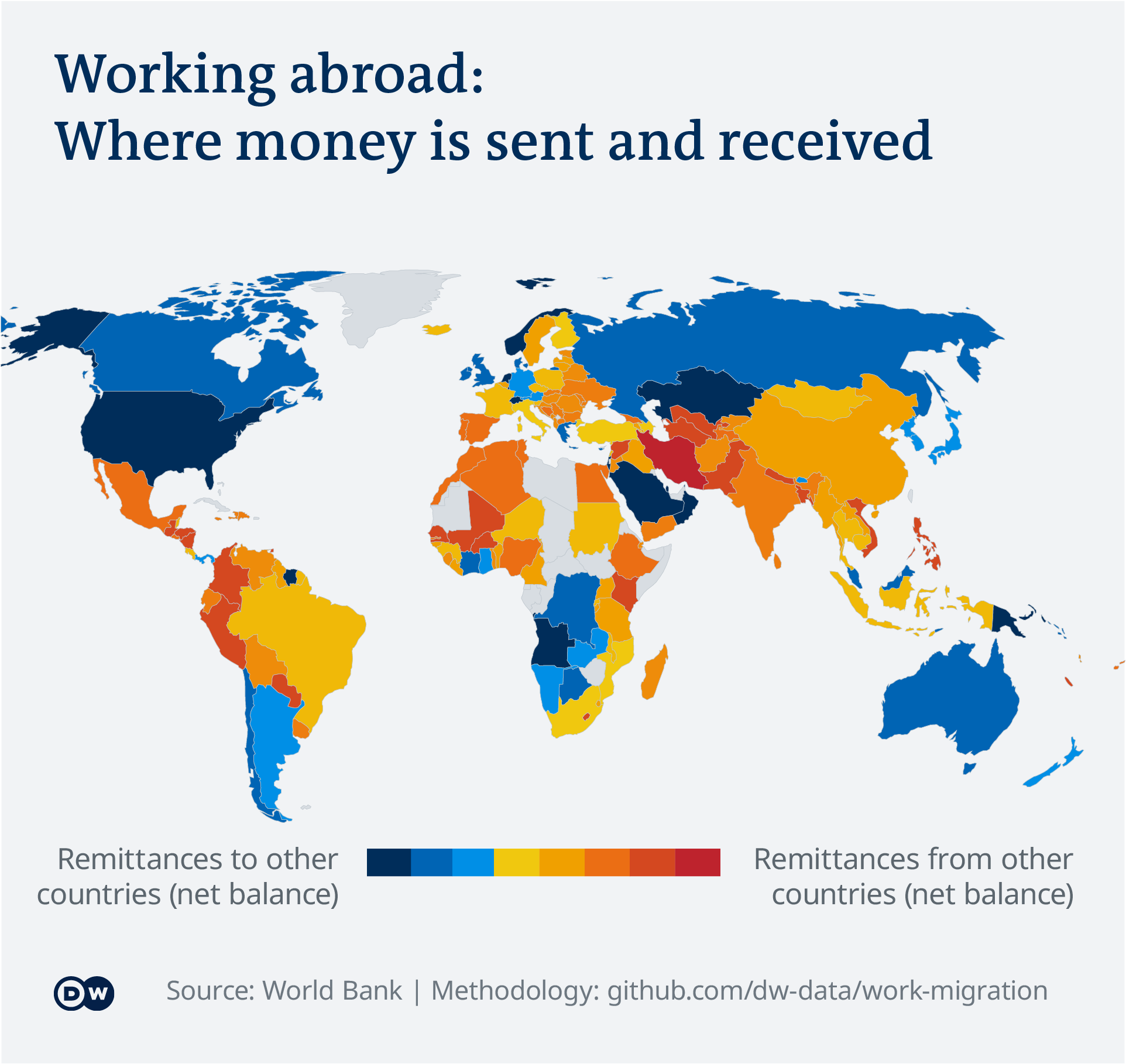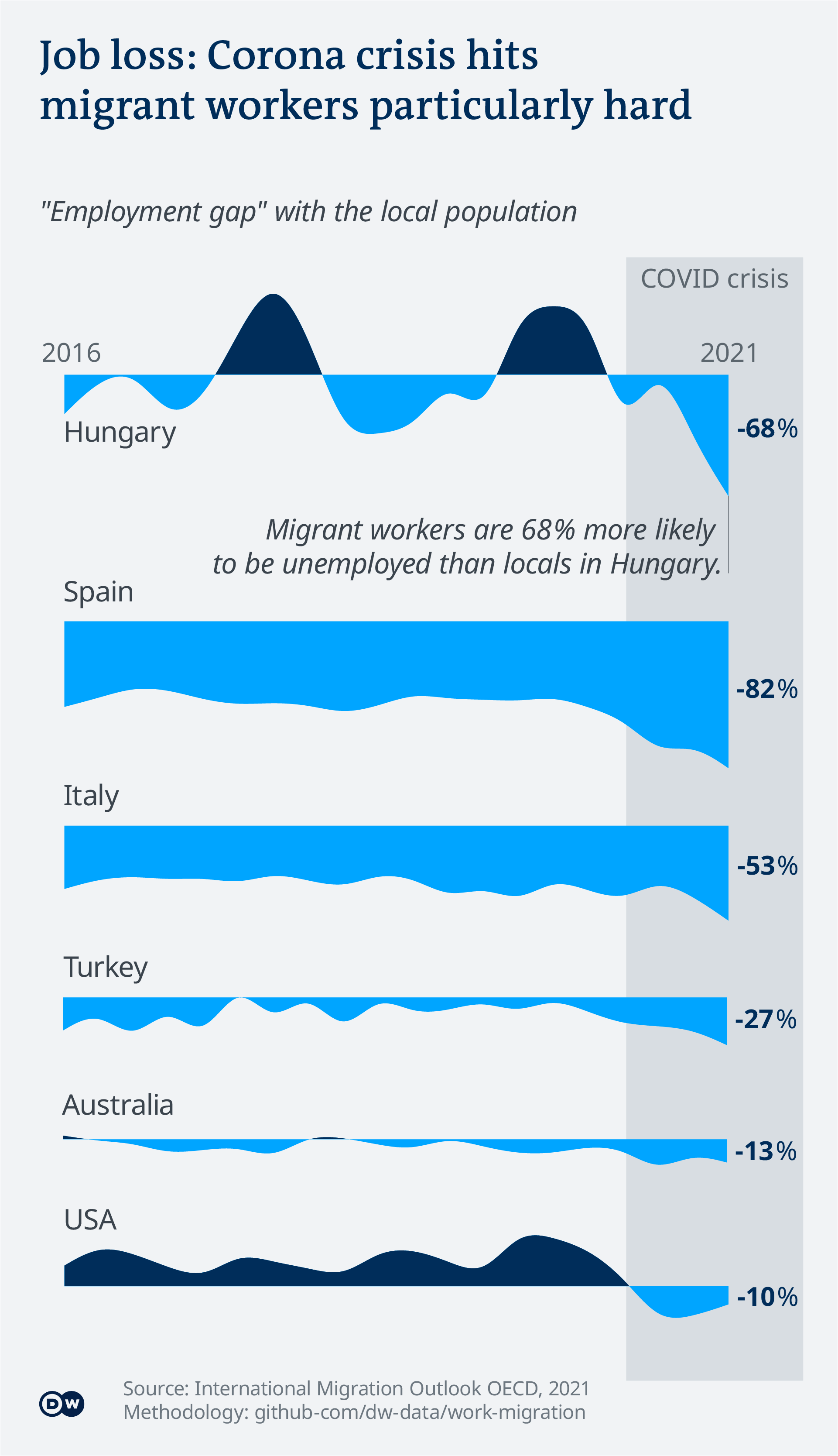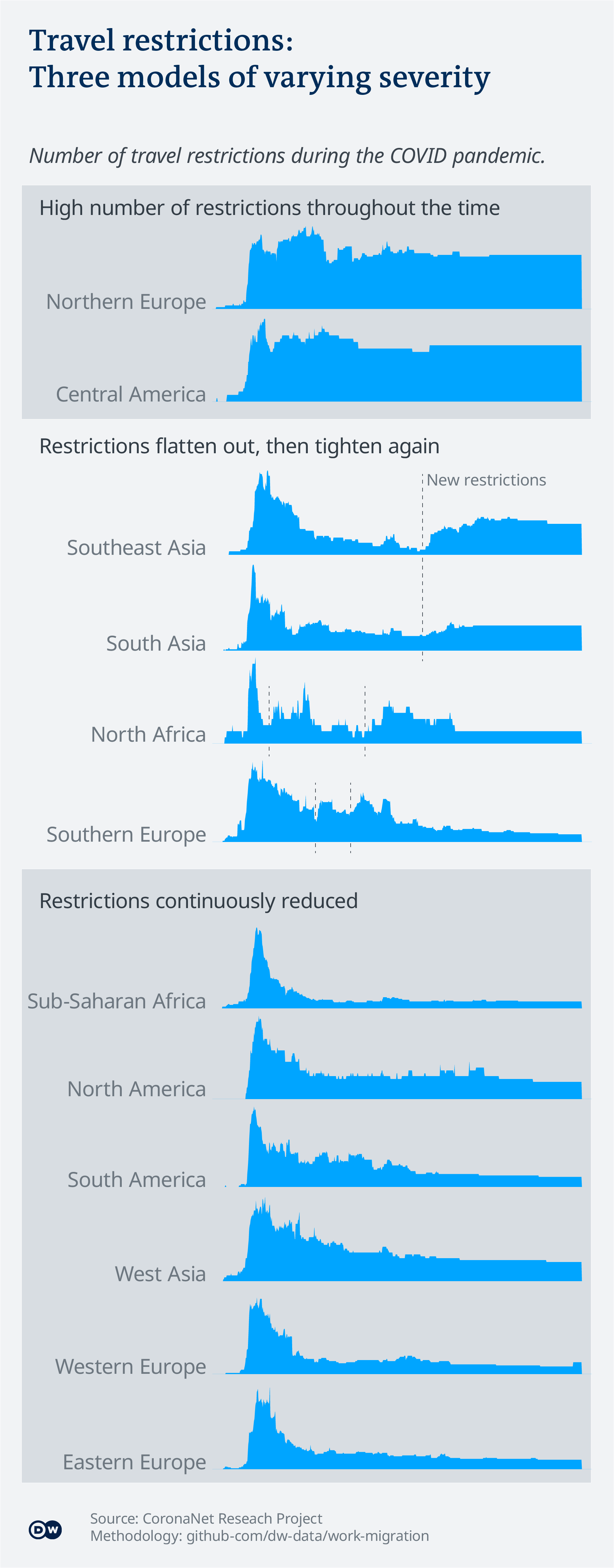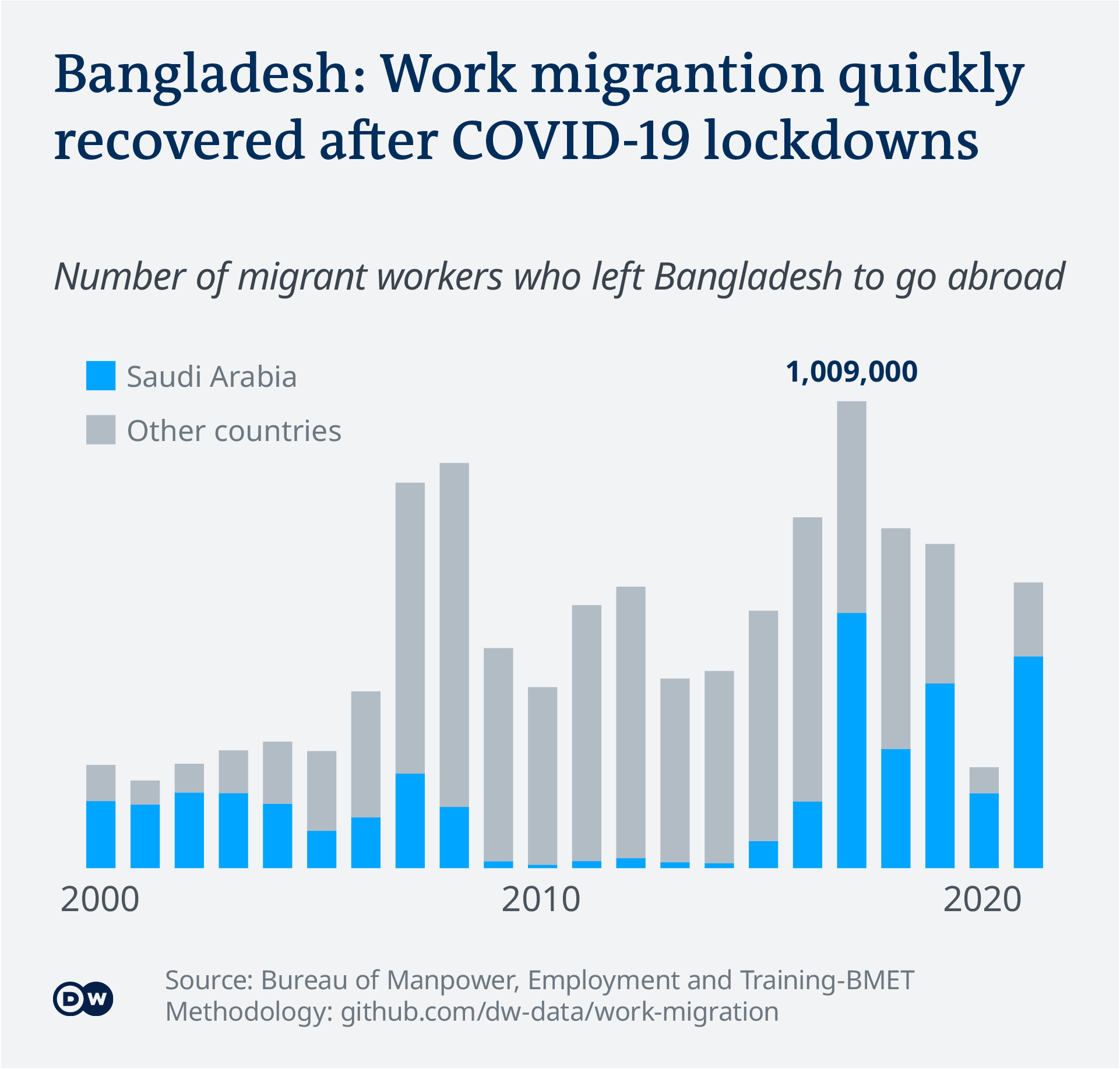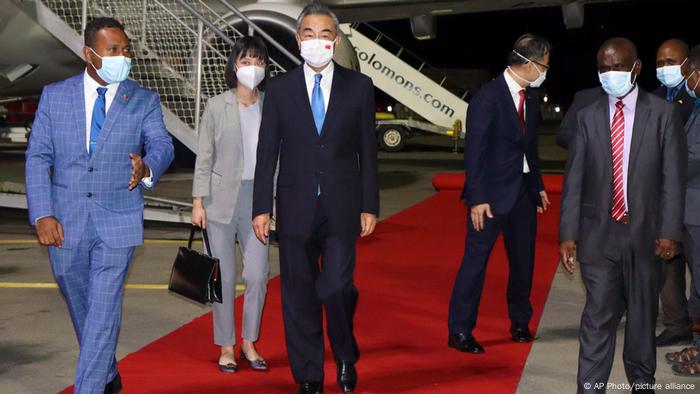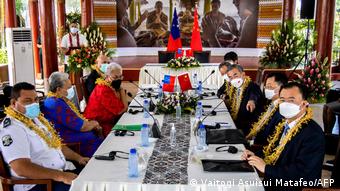Bangladesh: What's behind a series of deadly industrial fires?
A devastating fire killed dozens at a container depot in southeastern Bangladesh this weekend. It's not the first such disaster in the country. Experts say corruption and lax enforcement are to blame.
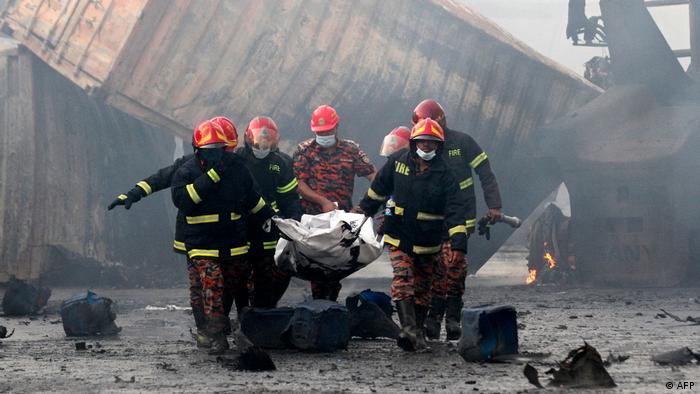
Experts say the series of deadly fires in Bangladesh is mostly due to negligence
Hundreds were injured and at least 49 people killed in the fire that broke out on Saturday night at a shipping container depot in Bangladesh.
Officials fear that the death toll could rise as many of the victims are critically injured and some people remain missing after the explosions. The fire took place at the BM Inland Container Depot, a Dutch-Bangladeshi joint venture in Sitakunda, near the Bangladeshi port city of Chattagram.
Although the reason behind the fire is yet to be discovered, fire service officials confirmed that they had not been informed that chemicals were being stored at the depot.
"The depot operator did not inform the firefighters about the chemicals — specifically, hydrogen peroxide — stored on-site," said Purnachandra Mutsuddi, an assistant director of the Chattagram fire station. "If they did, the casualties would have been much less."
"The firefighters unwittingly doused the hydrogen peroxide with water, setting off an explosive reaction," added Mutsuddi, who lost several of his fellow firefighters at the site.
Firefighters lack staff, equipment
While firefighters have been praised for their heroic efforts to put out the fire in Sitakunda, experts pointed out that the incident again showed that the country's fire department lacks the human resources and modern equipment needed to deal with such a situation.
"We need to reform the fire service department. It has been long overdue. We need to focus on building capacity and buying modern equipment," Ali Ahmed Khan, a former director-general of the country's fire service department, told DW.
"We have been building new industries in many areas but we are not putting fire response teams in those economic zones. We lack proper training in chemical inspections and trained firefighters to deal with a chemical explosion," he said.
Khan called for the appointment of 10,000 new firefighters and the construction of hundreds of new stations.
"We have around 14,000 firefighters and 400 stations across the country, which is far from enough to meet international safety standards," said Khan.
Could the explosions have been prevented?
Barrister Jyotirmoy Barua, a legal expert who has investigated other fires in his country, believes that the explosions at the container depot worsened due to a lack of information about the stockpile of chemicals there.
"The firefighters were not informed about what was stored in the containers," Barua told DW. "Therefore, they have spread water on inflammable chemicals, which aggravated the situation. They could have used foam and sand to stop the fire instead."
Authorities later said that there were more than 4,000 containers at the depot, of which about 1,000 were filled with hazardous materials, including chemicals.
Syeda Rizwana Hasan, chief executive of the Bangladesh Environmental Lawyers Association, thinks that the disaster at the depot could have been easily avoided with proper safety measures.
"After a disaster of such scale, systems and administrations are expected to take lessons and rectify [the situation]. Bangladesh regrettably hasn't taken any lessons from the past," the lawyer told DW.
Both experts pointed out that the South Asian country has a history of industrial disasters, which have killed several hundred people in the past.
In 2010, a fire in a house illegally storing chemicals in the old town of the country's capital Dhaka killed at least 123 people.
In 2012, about 117 workers died when they were trapped behind locked exits in a garment factory in Dhaka.
In 2019, a blaze ripped through a 400-year-old area cramped with apartments, shops and warehouses in the oldest part of Dhaka and killed at least 67 people.
In 2021, a fire at a food and beverage factory outside Dhaka killed at least 52 people, many of whom were trapped inside by an illegally locked door.
"It is nothing but sheer lack of responsibility and accountability that leads to such deadly incidents," Hasan added.
An act of 'systematic killing'
Legal expert Jyotirmoy Barua doesn't consider such incidents to be accidents because when an incident is declared an accident and unintentional, victims are left with very little room to find justice in the country's legal system, he says.
"If we go through the patterns of those deadly incidents, it becomes clear that owners were already aware of what could happen if a fire breaks out in their factories," Barua told DW.
"That's why we call it an act of 'systematic killing' as the term gives the victims a chance to file murder cases against the perpetrators," he said. "We were able to file two murder cases in the past after two industrial disasters. Trials have been going on in those cases.”
However, he admitted that in most incidents, perpetrators remain unpunished due to the corruption in different sectors, lax enforcement and a culture of impunity.
"The owners of these industries are so powerful that many forces come together to save them after an incident. They hardly face any justice due to their influence over political and other sectors of the country," he added.
Home minister vows to find culprits
"An investigation was launched to determine the reason behind the blaze [in Sitakunda]," Asaduzzaman Khan, Bangladesh's home minister, told reporters in Dhaka.
"Those responsible for the accident will be brought to justice," he added.
Around 90% of Bangladesh's roughly $100 billion (€93.6 billion) in trade, including clothes for H&M and Walmart, passes through the Chattagram port, located at the top of the Bay of Bengal.
Rakibul Alam Chowdhury, a spokesperson for the Bangladesh Garment Manufacturers and Exporters Association, said that about $110 million worth of garments were also destroyed in the fire.
"It is a huge loss for the industry," he said.
Edited by: Leah Carter
